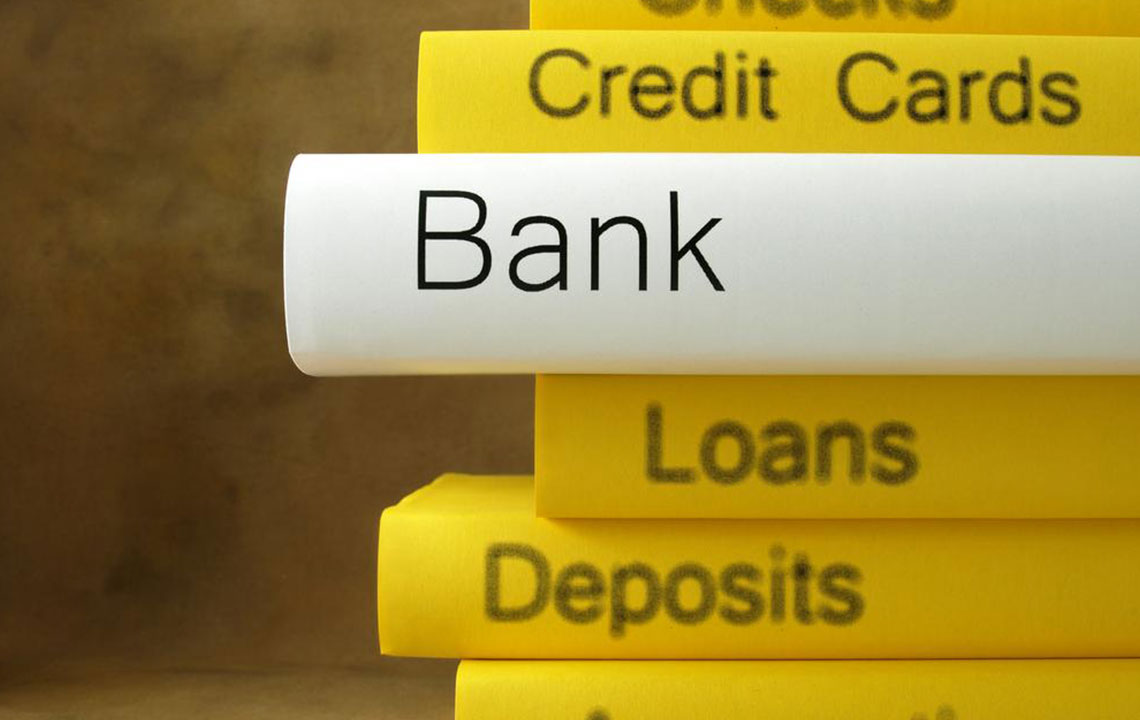Comprehensive Guide to Federal-Backed Loan Programs: Opportunities and Benefits
Explore the comprehensive landscape of federal-backed loan programs, which provide vital financial support across education, housing, agriculture, and business. Learn about eligibility, application processes, and the different categories of loans designed to promote economic growth and social stability through government guarantees and favorable terms.

An In-Depth Overview of Federal-Backed Loan Programs
Securing funding through loans is a crucial aspect for individuals, entrepreneurs, and communities seeking growth, stability, and development. Government-backed loan programs play a significant role in providing accessible financial assistance, often under more favorable terms compared to private lending options. These programs are designed to support various sectors such as education, housing, agriculture, and small business development, aiming to foster economic progress and improve social welfare. The official platform, GovLoans.gov, serves as a comprehensive resource, helping applicants navigate the available options efficiently and find suitable programs tailored to their specific needs.
Understanding the essential features of government-supported loans is vital for potential borrowers. This guide explores the core aspects, application processes, and categories of these loans, providing valuable insights into how they serve the public’s interest and promote financial inclusion.
1. What Are Government-Backed Loans?
Government-backed loans are financial products guaranteed or insured by federal agencies to support eligible individuals, small businesses, and communities. These loans are characterized by lower interest rates, extended repayment periods, and more flexible qualification criteria compared to traditional private loans. The primary aim is to assist those who face obstacles in accessing conventional financing sources—such as first-time homebuyers, students, farmers, veterans, and entrepreneurs—thus promoting innovation, economic diversification, and social stability.
Although direct government investment in these loans may be limited, the key feature is the guarantee or insurance backing that minimizes lenders’ risks. When borrowers default, the government or designated agencies steps in to cover the outstanding amounts, ensuring the stability and continuity of the lending system. Funding for these programs typically derives from federal budgets, taxpayer allocations, or specific trust funds dedicated to particular sectors. This guarantee mechanism encourages lenders to provide favorable terms, making loans accessible to borrowers with less-than-ideal credit histories or limited collateral.
2. How Do Federal-Backed Loans Work?
These loans are structured to bridge financial gaps that might otherwise prevent individuals and organizations from achieving their goals. The process generally involves initial research to identify the suitable programs aligned with personal or organizational needs. Applicants can access information via official government websites like GovLoans.gov, which provides detailed descriptions, eligibility criteria, application procedures, and contact information for each program. Some loans are directly issued by government agencies, while others are administered through private lenders but carry the guarantee or insurance backing from the government.
Once approved and disbursed, borrowers make regular repayments comprising principal and interest, with the government backing ensuring that lenders face reduced risk and are more willing to extend credit under favorable conditions. The repayment terms are often more generous, with options for deferment, income-based repayment, or forgiven balances under certain circumstances. This structure ensures both the recovery of funds and the opportunity for borrowers to improve their financial stability over time.
There are mechanisms in place for ongoing management and support, such as counseling services, eligibility assistance, and post-loan monitoring to ensure borrowers stay on track and benefit fully from their loans.
3. Major Categories of Federal-Backed Loans
The diversity of federal-backed loan programs reflects the broad spectrum of needs across different sectors and populations. Here we explore the primary categories:
Student Loans – These are designed to assist students pursuing undergraduate, graduate, vocational, and research-based education across various fields. They include programs like the Federal Stafford Loan, Perkins Loan, and PLUS Loans, which provide affordable interest rates, flexible repayment options, and borrower protections. Accessibility for international students, as well as domestically enrolled students, is part of the program offerings. Student loans play a vital role in enabling access to higher education and reducing the financial burden on families.
Housing Assistance – Encompasses various programs aimed at promoting homeownership, rental stability, and property improvements. These include FHA loans, VA loans, and USDA rural development loans, which feature lower down payments, interest rate subsidies, and energy-efficiency retrofit support. These programs help first-time buyers, low-income families, and rural residents achieve stable housing, contributing to community development and personal financial security.
Agriculture Funding – Focused on supporting farmers, ranchers, and rural communities, these loans foster agricultural innovation, productivity, and sustainability. Programs like the Farm Service Agency (FSA) loans and Rural Development loans provide financing for purchasing land, equipment, livestock, and infrastructure projects like cold storage and processing facilities. These initiatives are crucial for ensuring food security, rural economic vitality, and environmental stewardship.
Business Financing – Designed to stimulate economic growth by providing capital to startups and established businesses. These include Microloan programs, SBA (Small Business Administration) loans, and other targeted financial assistance options that fund equipment purchase, expansion, working capital, and management support services. Small and medium-sized enterprises (SMEs) benefit from accessible funding, which helps create jobs and foster innovation.
Veterans’ Loans – Tailored for active military personnel, reservists, veterans, and sometimes their spouses, these loans facilitate home purchase, refinancing, and property improvements. The VA Home Loan program offers competitive interest rates, no down payment options, and relaxed credit standards, easing the transition to civilian life and supporting veteran welfare.
Disaster Relief Loans – Critical in times of natural disasters such as hurricanes, earthquakes, floods, or other emergencies, these loans provide immediate support for repair, rebuilding, and recovery efforts. They help homeowners, farmers, and businesses restore their facilities and resume operations quickly, fostering community resilience and stability after crises.
Overall, government-backed loans are pivotal in fostering social and economic development, reducing disparities, and promoting sustainable growth across different sectors. By understanding their structure, eligibility, and application processes, individuals and organizations can better leverage these opportunities to achieve their financial and developmental goals.





